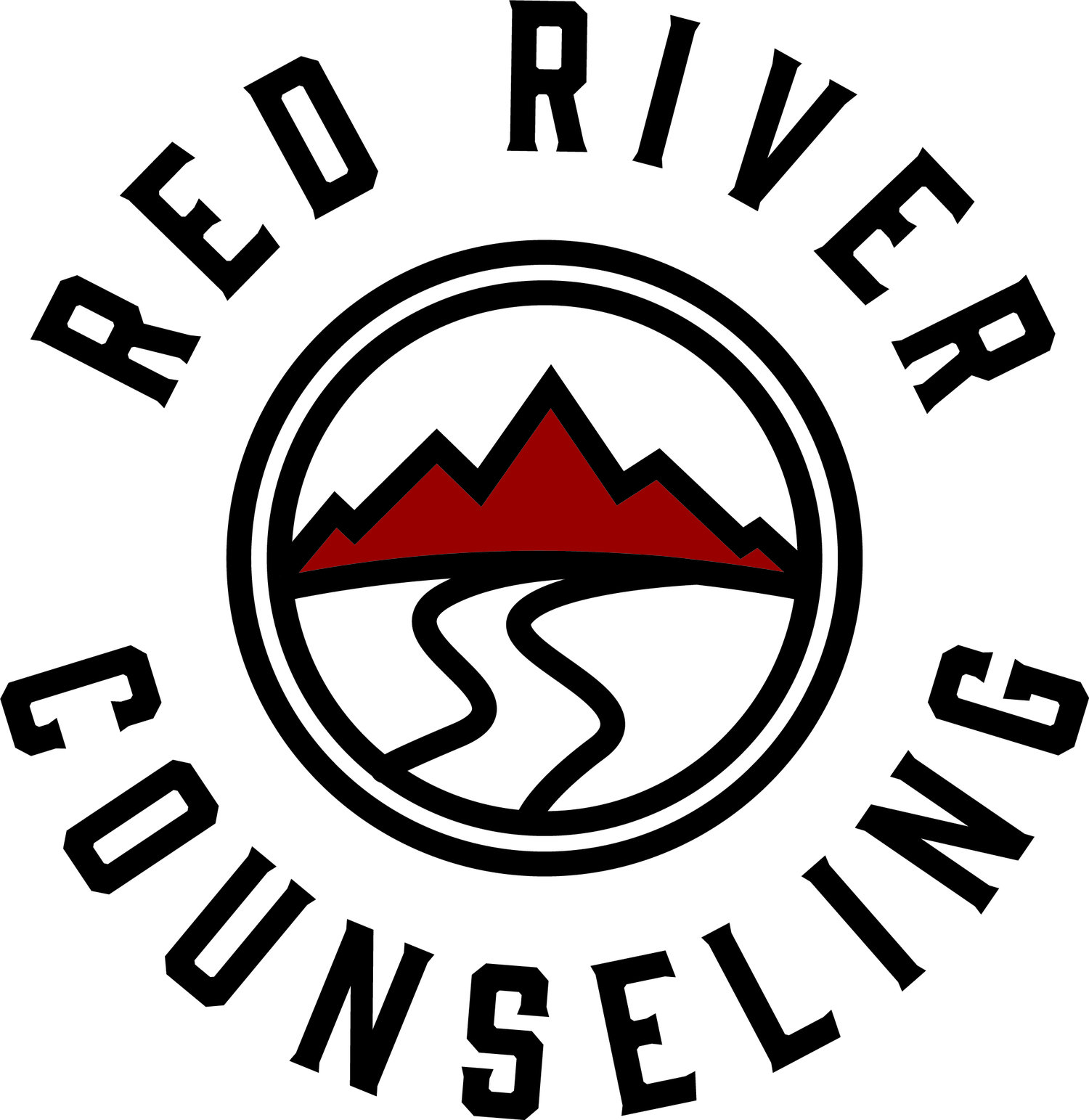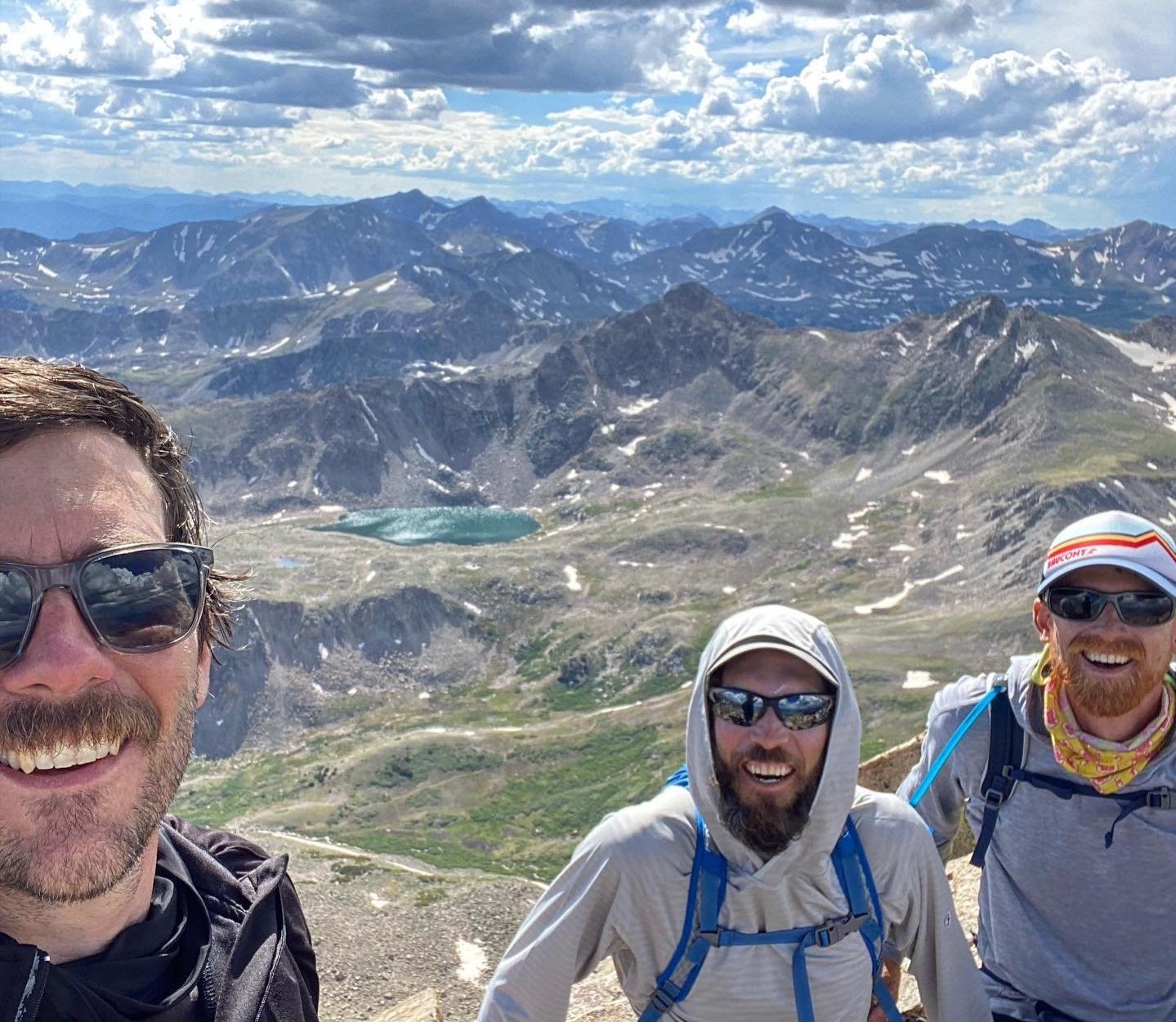Lewis was wrong... Aslan is safe
/“Aslan is a lion- the Lion, the great Lion.’ ‘Ooh’ said Susan. ‘I'd thought he was a man. Is he-quite safe? I shall feel rather nervous about meeting a lion’...’Safe?’ said Mr. Beaver …’Who said anything about safe? 'Course he isn't safe. But he's good. He's the King, I tell you.”
C.S. Lewis, ‘The Lion the Witch and the Wardrobe’
To be fair, the word ‘safe’ has probably changed in meaning since C.S. Lewis wrote this in 1950’s post-WWII England. What I’m referring to here when I use the word ‘safe’ comes from my knowledge around safe attachment (also called secure attachment). Dr. Dan Siegel, a leader in the field of attachment focused parenting, discusses four areas as attributing to secure attachment in his book ‘The Whole Brain Child’. He breaks it down to the four S’s: Seen, Soothed, Safe, and Secure, with the presence of the first three resulting in being Secure. Dr. Siegel discusses our neurological need to be seen, which is to be known empathically and in a connected way, as well as soothed through difficult situations and emotions, which can also be understood as attunement. Our mind and body learn to feel safe through the regulation offered to us by and through our parents, which requires them to truly see us and our needs and respond accordingly.
Blanchard Springs, Arkansas
The third ‘S’, safety, is what I’ll focus the bulk of this article on. A few months ago, I went backpacking with a friend in Arkansas and we camped on a small, clear river that was nestled in-between a hundred-foot bluff and an overgrown, tangled forest. We camped at the flowing river between rigidity and chaos. Safety occurs in that flexible place, where there is care without control, closeness without chaos. This river can be understood as attunement, where another person desires, and has the ability, to understand and respect our inner-world. God wired us in such a way that attunement is the primary means by which we come to feel safe in an unsafe world.
Mt. Harvard to Mt. Columbia (post-panic photo)
Earlier this summer I was backpacking with friends at the top of Colorado, when I fell as we descended down the backside of a summit. A large boulder went tumbling as I stepped off it, nearly crashing on my legs as I slid down the mountain. Having a panic attack on the backside of a mountain, with the summit being the only way back to camp, is not a safe situation. Over the next six hours of climbing, my body went into a state of total panic (chaos), wanting to shut down (rigidity). To work through the panic, I asked my friends to walk closely beside me, breathe with me, talk with me, and pray with me (attunement). We never outgrow our need for safe relationships.
So, the question at hand is whether or not Aslan is safe. If you’ve read the Narnia books or seen the films, you know Aslan is a stand-in for God. Thus, the question more rightly might be:
Is the God of the Bible safe?
Growing up in a fundamentalist (rigid) and legalistic (chaos) church, for most of my life I would’ve answered ‘absolutely not’. My experience of God was closer to Jason Isbell’s lyrics in ’24 frames’, where he sings ‘You thought God was an architect, now you know, He’s something like a pipe bomb ready to blow’. God was portrayed as rigid in His rules (which dictated pretty much everything in life – including not wearing jeans to service, hair length, acceptable styles of music, bans on interracial marriage, and on and on and on), as well as chaotic in his response of unhinged wrath. That god resembled a Liam Neeson or Jason Statham character far more than the Jesus I read about.
Maybe that’s why so many folks love this passage from C.S. Lewis.
Maybe they’ve accepted that God isn’t safe, so at least, they hope, he’s good.
I’d like to argue that this is untrue, at least with what I read in Scripture. If we read the Bible and hear the way both God describes God, and how others describe their lived experience of God, it’s hard to see God as anything but safe. I’ll do a quick run-down of a few places where I see this throughout the whole of Scripture.
In Genesis 2, God breathes life into Adam and sees (attunement) his need for relationship (security), and proceeds to create Eve so that they might have oneness together (safety). Additionally, God lays out clear boundaries in the garden, rather than the chaos of no rules or the rigidity of control. This continues to play out as God makes covenants with people; promising life, wholeness, and a secure place to live and belong.
Throughout Scripture, God also uses many metaphors to describe the essence of ‘I Am’. These include human comparisons to a good shepherd, king, beekeeper, a laboring woman, a mother breastfeeding her child, a mother’s womb, a potter, a father, an artist, a judge, counselor, midwife, friend, and great physician.
Metaphors of food and drink; including bread, wine, water (a well of liberation, deep water, fountain of living water, wellspring of life), and a grape vine.
Natural metaphors, such as a rock, a strong cypress tree, fire (think of the usefulness and need of fire for heat, cooking, purification, etc.), a place (home), wind, breath, light, Sun, a shield, fortress, a lamb, a mother bird protecting her young, and clothing. To explore more of these, go to this link at biblegateway.com
In the metaphors used to describe God by people with firsthand experience, as well as God’s own descriptions of God, how often do they point us towards an attuned, safe and secure relationship, rather than the unsafety of chaos and rigidity?
Do these images of life-giving and nurturing mothers, vines, wells of water, and the warmth of the sun depict the safety of secure relationship or no?
And these are just the metaphors. There are heaps of books written about God’s intent to keep the covenants made with the people of God. David speaks of God listening, showing up to help, rescuing, protecting, being a stronghold, and bringing him into a spacious place in Psalm 18 alone. Not to mention the consistent attunement Jesus had with those around him, knowing people’s needs and then seeking to meet them. Or the work of the Holy Spirit to create life and safety amid creation, as well as to provide comfort, grace, and wisdom.
Lewis was wrong.
Scripture demonstrates to us that Aslan is safe…as well as good.



